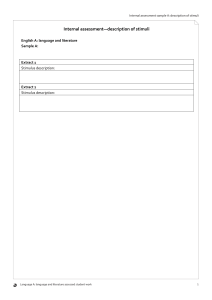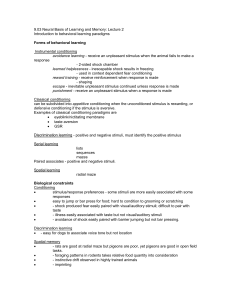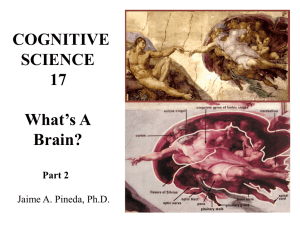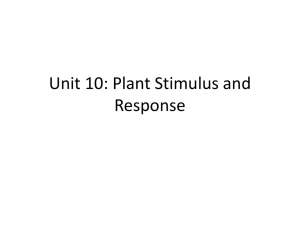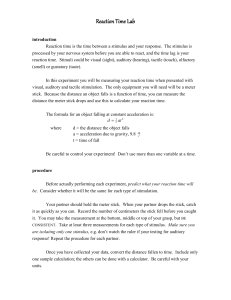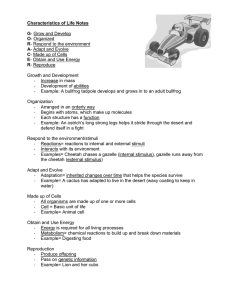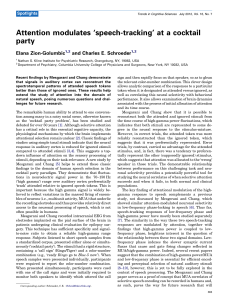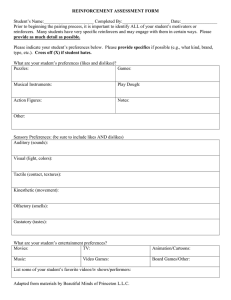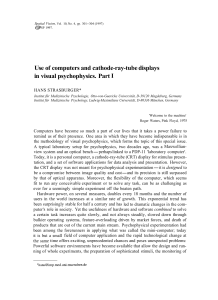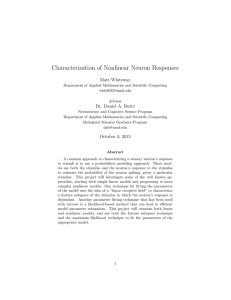Stephen_David_abstract
advertisement
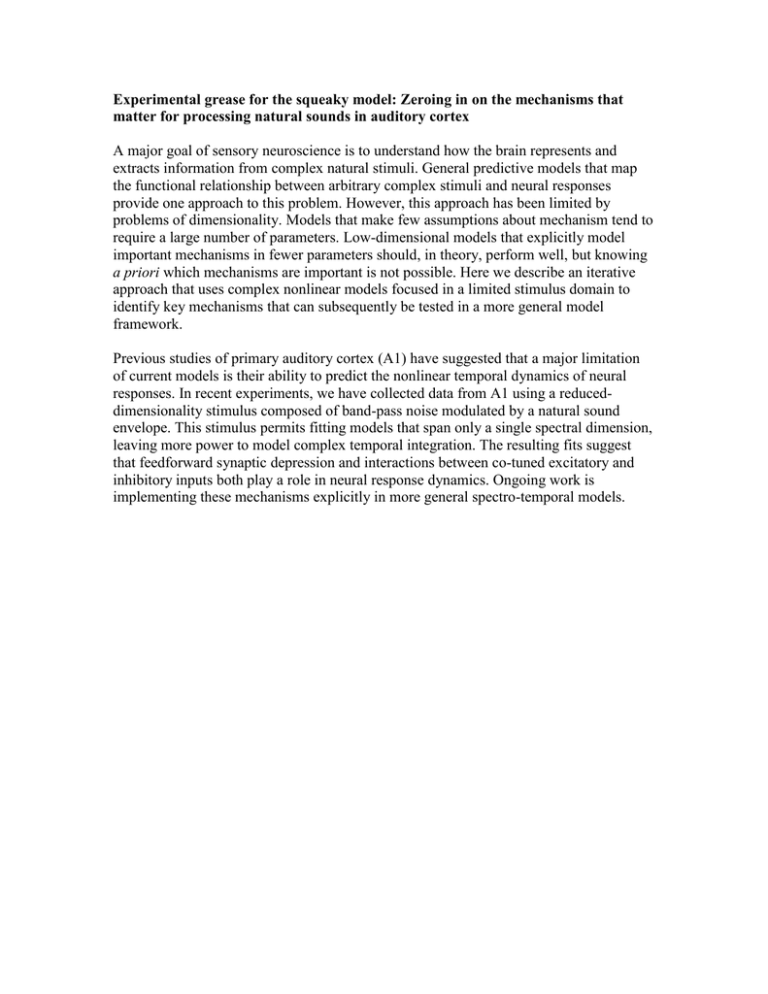
Experimental grease for the squeaky model: Zeroing in on the mechanisms that matter for processing natural sounds in auditory cortex A major goal of sensory neuroscience is to understand how the brain represents and extracts information from complex natural stimuli. General predictive models that map the functional relationship between arbitrary complex stimuli and neural responses provide one approach to this problem. However, this approach has been limited by problems of dimensionality. Models that make few assumptions about mechanism tend to require a large number of parameters. Low-dimensional models that explicitly model important mechanisms in fewer parameters should, in theory, perform well, but knowing a priori which mechanisms are important is not possible. Here we describe an iterative approach that uses complex nonlinear models focused in a limited stimulus domain to identify key mechanisms that can subsequently be tested in a more general model framework. Previous studies of primary auditory cortex (A1) have suggested that a major limitation of current models is their ability to predict the nonlinear temporal dynamics of neural responses. In recent experiments, we have collected data from A1 using a reduceddimensionality stimulus composed of band-pass noise modulated by a natural sound envelope. This stimulus permits fitting models that span only a single spectral dimension, leaving more power to model complex temporal integration. The resulting fits suggest that feedforward synaptic depression and interactions between co-tuned excitatory and inhibitory inputs both play a role in neural response dynamics. Ongoing work is implementing these mechanisms explicitly in more general spectro-temporal models.
